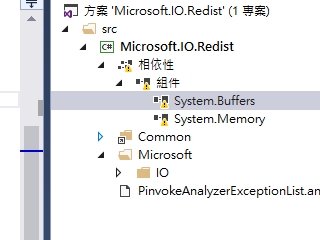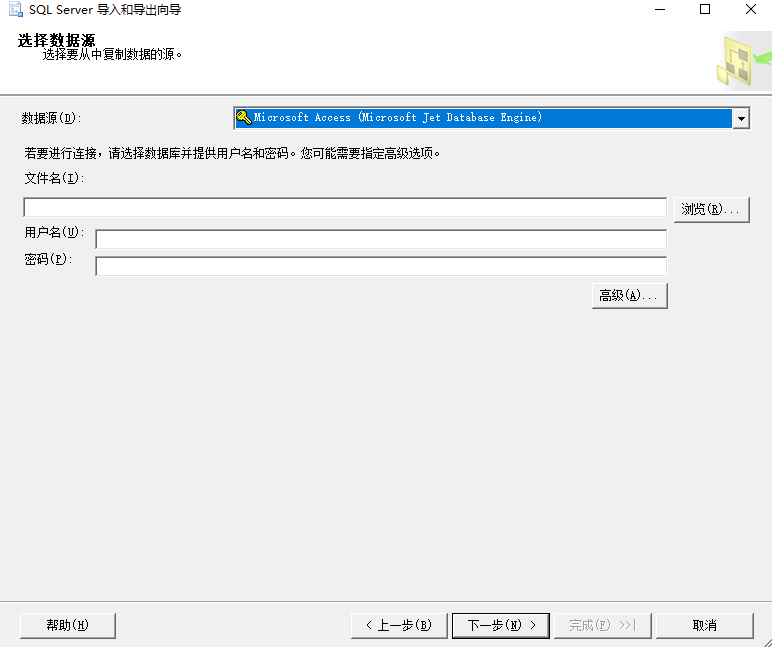可以将文章内容翻译成中文,广告屏蔽插件可能会导致该功能失效(如失效,请关闭广告屏蔽插件后再试):
问题:
A few years ago I installed Apache 2.2x and PHP 5.3.1 on a Linux server I maintain. I used .tar.gz\'s and built them as instructed (instead of rpms and what-have-you). And all was fine.
Today I need to install this which seems like a PHP library. I went through all the steps up to make install, and I find ibm_db2.so in $PHP_HOME/lib/extensions/somecomplicatedname/ibm_db2.so
The great catch is the last step is to configure php.ini but there is NO php.ini on my system. Horror of horrors. PHP works fine, except of course for this new-fangled ibm_db2 thingamagic that I want to use so somebody can use a GUI to tinker with DB2. (I tried a small php script which fails and indicates that the ibm_db2 functions are not available).
I have to deal with PHP once every few years, so please enlighten me at a very basic level about what I could do to enable web-based GUI access to DB2.
回答1:
Best way to find this is:
create a php file and add the following code:
<?php phpinfo(); ?>
and open it in browser, it will show the file which is actually being read!
Updates by OP:
- The previously accepted answer is likely to be faster and more convenient for you, but it is not always correct. See comments on that answer.
- Please also note the more convenient alternative
<?php echo php_ini_loaded_file(); ?> mentioned in this answer.
回答2:
On the command line execute:
php --ini
You will get something like:
Configuration File (php.ini) Path: /etc/php5/cli
Loaded Configuration File: /etc/php5/cli/php.ini
Scan for additional .ini files in: /etc/php5/cli/conf.d
Additional .ini files parsed: /etc/php5/cli/conf.d/curl.ini,
/etc/php5/cli/conf.d/pdo.ini,
/etc/php5/cli/conf.d/pdo_sqlite.ini,
/etc/php5/cli/conf.d/sqlite.ini,
/etc/php5/cli/conf.d/sqlite3.ini,
/etc/php5/cli/conf.d/xdebug.ini,
/etc/php5/cli/conf.d/xsl.ini
That\'s from my local dev-machine. However, the second line is the interesting one. If there is nothing mentioned, have a look at the first one. That is the path, where PHP looks for the php.ini.
You can grep the same information using phpinfo() in a script and call it with a browser. Its mentioned in the first block of the output. php -i does the same for the command line, but its quite uncomfortable.
回答3:
This works for me:
php -i | grep \'php.ini\'
You should see something like:
Loaded Configuration File => /usr/local/lib/php.ini
p.s.
To get only the php.inin path
php -i | grep /.+/php.ini -oE
回答4:
In command window type
php --ini
It will show you the path something like
Configuration File (php.ini) Path: /usr/local/lib
Loaded Configuration File: /usr/local/lib/php.ini
If the above command does not work then use this
echo phpinfo();
回答5:
This command should help you to find it
php -r \"phpinfo();\" | grep php.ini
回答6:
Use the following commands to find the php.ini file path in linux.
[root@AnyDirectory ~]# locate php.ini
/etc/php.ini
/etc/php.ini.rpmnew
/usr/share/doc/php-common-5.4.45/php.ini-development
/usr/share/doc/php-common-5.4.45/php.ini-production
or try this another way
[root@AnyDirectory ~]# php --ini
its shows the path result
回答7:
phpinfo();
will tell you its location, or from the command line
php -i
回答8:
PHP comes with two native functions to show which config file is loaded :
- php_ini_loaded_file return the loaded ini file
- php_ini_scanned_files return a list of .ini files parsed from the additional ini dir
Depending on your setup, Apache and CLI might use different ini files. Here are the two solutions :
Apache :
Just add the following in a php file and open it in your browser
print php_ini_loaded_file();
print_r(php_ini_scanned_files());
CLI :
Copy-paste in your terminal :
php -r \'print php_ini_loaded_file(); print_r(php_ini_scanned_files());\'
回答9:
find / -name php.ini
Hey... it worked for me!
回答10:
You can get more info about your config files using something like:
$ -> php -i | ack config # Use fgrep -i if you don\'t have ack
Configure Command => \'./configure\' ...
Loaded Configuration File => /path/to/php.ini
回答11:
For SAPI: php-fpm
There is no need to create a php.info file (it is not a good policy to leave it for the world to read anyway). On the command line:
php-fpm -i | more
Somewhere in its output, it will show this line:
Configuration File (php.ini) Path => /etc
Here is a more complete explanation:
https://www.cloudinsidr.com/content/how-to-figure-out-your-php-configuration-parameters-without-info-php/
回答12:
There are several valid ways already mentioned for locating the php.ini file, but if you came across this page because you want to do something with it in a bash script:
path_php_ini=\"$(php -i | grep \'Configuration File (php.ini) Path\' | grep -oP \'(?<=\\=\\>\\s).*\')\"
echo ${path_php_ini}



